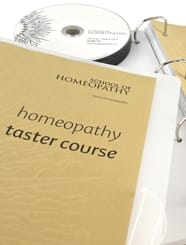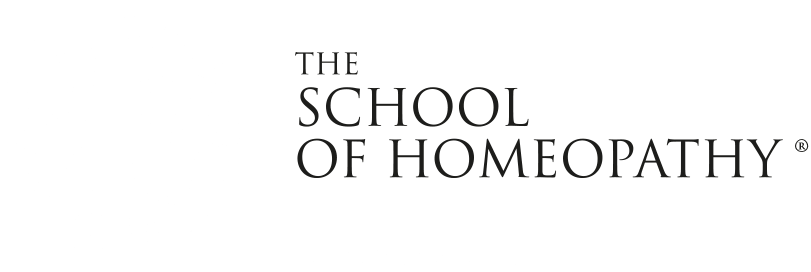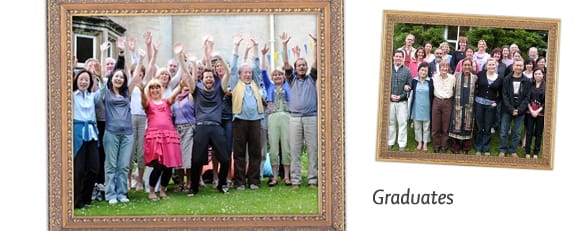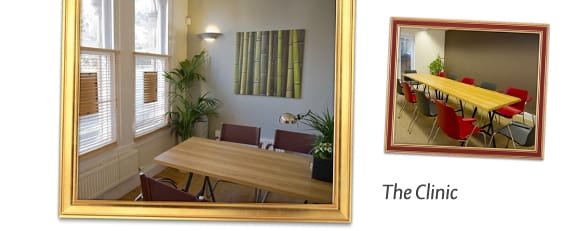

Homeopathy
Taster Course Content
Hahnemann and some background history of homeopathy; the law of similars; the science of homeopathic provings; the organisation of materia medica; homeopathic pharmacy; symbolic as well as medical interpretation of illness; the vital force and the vitalistic view of life; some exploration of the interactions of psyche and soma.
Remedies Studied
Aconite, Arnica, Belladonna, Bryonia, Chamomilla, Pulsatilla, Rhus Tox, with in-depth studies of Calcarea Carbonica and Sulphur.
Full detail of each unit is given below, with the aims, content and learning outcomes:
Unit One : Introduction to Homeopathy
Aims
The unit aims to introduce you to the homeopathic concept of health and disease and the fundamental principles that underpin the practice of homeopathy as described by Samuel Hahnemann in his Organon of Medicine. From the first proving through to current day practice you will see how homeopathic principles have been developed. In addition, you will also be introduced to the basic tools of homeopathic practitioners, the materia medica and repertory. The study of homeopathic materia medica will be explored, how it is presented in literature and in particular to the uses of five major homeopathic remedies.
Content
Recordings
1. Introduction
2. Philosophy
2.1 Samuel Hahnemann & the First Proving
2.2 The Nature of Man
The Body & the Vital Force
Health & Disease
The Mind of Man
(a) The Mental Plane
(b) The Emotional Plane
2.3 Development of the Fundamental Principles
2.4 Summary
3. Materia Medica
3.1 Remedy Notes
3.2 Remedies
Aconite, Arnica, Belladonna, Rhus Tox and Sulphur
4. Self-Assessment Questions
5. Model Answers
6. Assignments
6.1 Philosophy
U1Q1/g: Homeopathy/Allopathy
6.2 Materia Medica
U1Q2/g: Rhus Tox & Arnica
U1Q3/g: Sulphur Bank Manager
U1Q4/g: Themes of Acon/Bell/Sulph
6.3 Repertory
U1Q5/g: Definitions & Antonyms
6.4 Personal & Professional Development
6.5 Sending your Assignments
7. Figures
Learning Outcomes
At the end of this unit you will be able to:
- Discuss the historical evolution of homeopathic principles
- Compare and contrast homeopathic concepts of health and disease with allopathic medicine
- Outline the philosophical principles upon which the practice of homeopathy is based
- Discuss the language used in homeopathic materia medica and access information about remedies from a range of homeopathic materia medica sources.
- Identify the pictures and usage of five major homeopathic remedies
- Explain the language of Kent’s Repertory and clarify situations in which specific rubrics would be used
Unit Two : Provings, Pharmacy & Potentisation
Aims
This unit aims to introduce you to the process of proving remedies, the source of information about homeopathic medicines and the vital work of Samuel Hahnemann in undertaking his first proving. You will also be shown the methods of homeopathic pharmacy, from the concept of potentisation to the actual process of manufacturing remedies, and see why this method is used. The study of homeopathic materia medica will be further explored, how it is presented in literature and, in particular, to the uses of four more homeopathic remedies. In addition, you will also study the repertory in further detail.
Content
Recordings
1. Introduction
2. Philosophy
2.1 The Provings of Medicines
2.2 Pharmacy
Sources of Drugs
Hahnemann's Early Preparations
2.3 Potentisation
Soluble Products
Insoluble Products
Ranges of Potencies
The Effect
2.4 Summary
3. Materia Medica
Bryonia, Calcarea Carbonica, Chamomilla and Pulsatilla
4. Self-Assessment Questions
5. Model Answers
6. Assignments
6.1 Philosophy
U2Q1/g: Pharmacy & Potentisation
6.2 Materia Medica
U2Q2/g: Themes of Puls/Cham/Bry/Rhus Tox
U2Q3/g: Calc Carb Key Themes
U2Q4/g: Characterisation of Either Puls/Cham/Bry/Rhus Tox
6.3 Repertory
U2Q5/g: Definitions & Antonyms
U2Q6/g: Extract Calc Carb Mind Rubrics
6.4 Personal & Professional Development
Personal Journal
Unit Self Reflection Top Sheet
6.5 Sending your Assignments
7. Figures
Learning Outcomes
At the end of this unit you will be able to:
- Explain the purpose and process of homeopathic provings.
- Discuss the pharmacy and manufacture of homeopathic remedies.
- Define the concept and the purpose of potentisation.
- Identify key themes and symptoms of four homeopathic remedies.
- Describe the symptoms of a remedy in relation to its themes from Kent’s Repertory.
- Explain the language of Kent’s Repertory and clarify situations in which specific rubrics would be used.
.jpg)
Homeopathy has changed my life, opened my eyes and healed me and those around me who have used it. The homeopathy course is life changing and I would recommend it to anybody who is looking for a greater understanding in life.
Rachel Melbourne, Graduate














